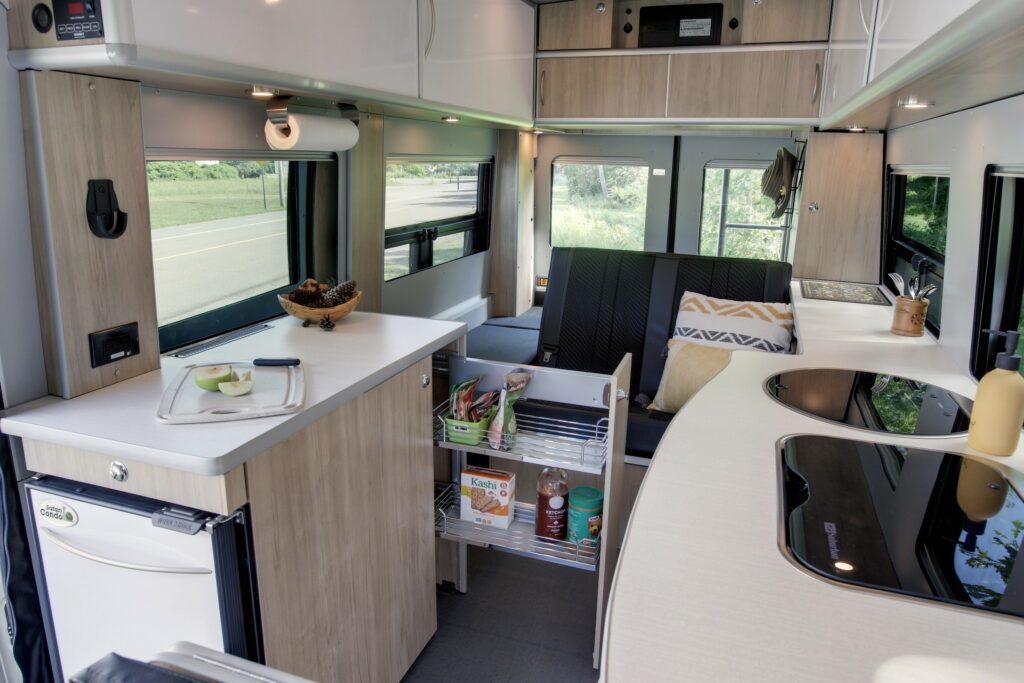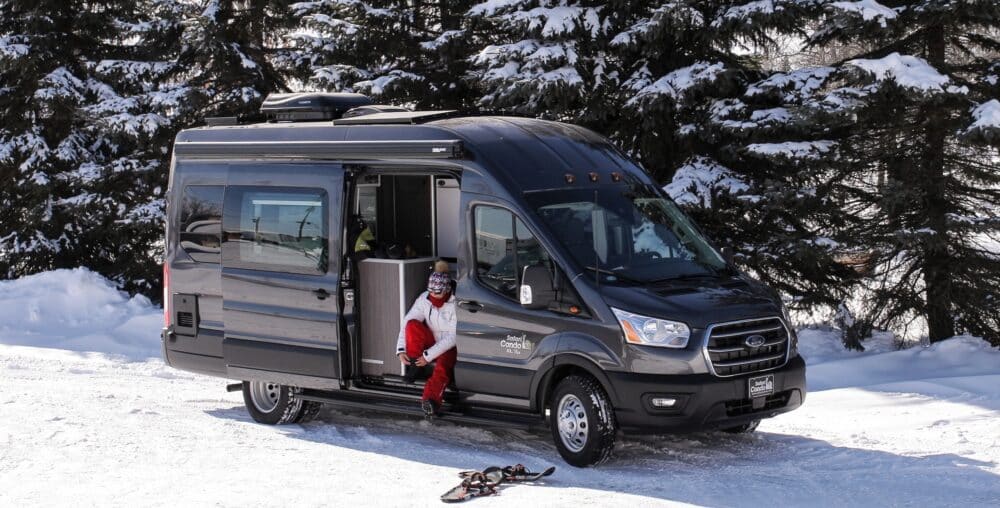The recreational vehicle (RV) industry is witnessing a significant shift towards more flexible and efficient living solutions, with modular design at the forefront of this transformation.
As travelers seek out more adaptable and comfortable options for their adventures, companies like Canada’s Safari Condo are responding with innovative RV models that promise year-round comfort and versatility.
Modular design in RVs is not a new concept, but its application and sophistication have evolved. This design philosophy focuses on creating interiors that can be easily adjusted or reconfigured to meet the changing needs of the occupants. Safari Condo’s XL Plus and XL Flex models, built on the Ford Transit chassis, exemplify this approach by offering floorplans that maximize space utilization and adaptability.

The XL Plus model, for instance, features a unique dinette that doubles as a bathroom, complete with a hidden toilet and shower. This ingenious use of space is indicative of the modular design’s ability to provide comprehensive living amenities in a compact area.
The XL Flex, on the other hand, introduces an electric elevating bed that creates substantial cargo space for larger items like e-bikes and kayaks, catering to the adventurous spirit of its users.
According to AutoEvolution, these models are designed around the Series 3500 Transit with a 3.5L Turbo EcoBoost engine, offering an optional all-wheel-drive version for enhanced traction and control. This choice of base vehicle underscores the emphasis on reliability and performance in the development of modular RVs.

The benefits of modular design extend beyond space-saving. It allows for a level of customization previously unseen in the RV market, enabling owners to tailor their vehicles to their specific lifestyle and travel needs. Whether it’s for full-time living, weekend getaways, or adventure sports, the flexibility of modular interiors means that one RV can serve multiple purposes.
However, the adoption of modular design is not without its challenges. Manufacturers face technical and cost-related hurdles in creating interiors that are both versatile and durable. For consumers, there may be a learning curve associated with the operation of modular features and considerations around maintenance.

Looking to the future, the trend towards modular design in RVs is set to continue, driven by consumer demand for more efficient and adaptable living spaces. Innovations in technology and materials are likely to further enhance the functionality and sustainability of modular RVs, making them an even more attractive option for a wide range of travelers.
As the RV industry evolves, the focus on modular design highlights a broader shift towards more personalized and flexible travel solutions. Safari Condo’s XL Plus and XL Flex models represent just the beginning of what’s possible when design innovation meets the open road.
Featured image from Safari Condo.


